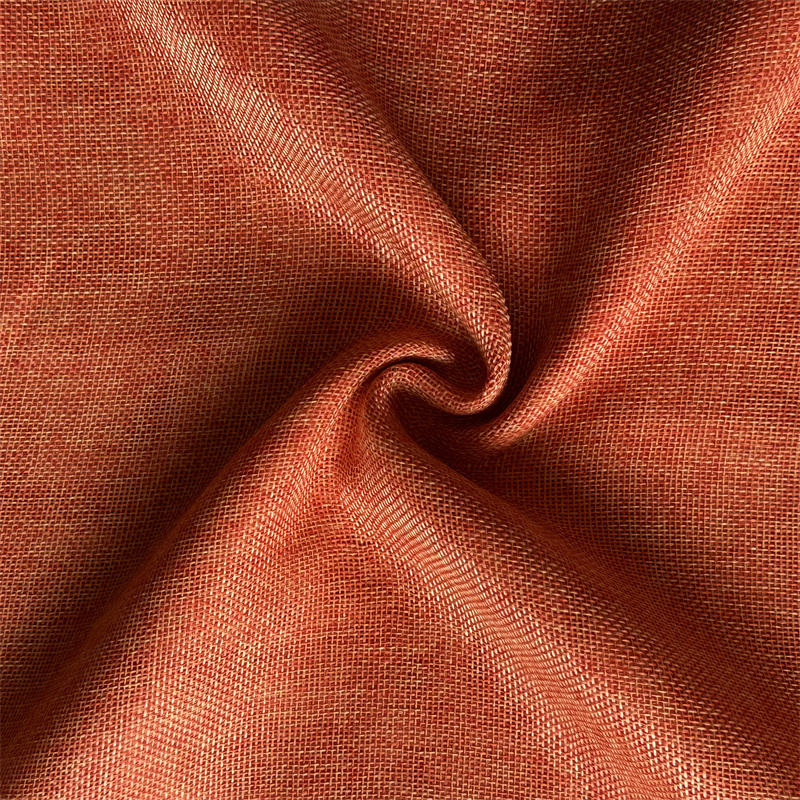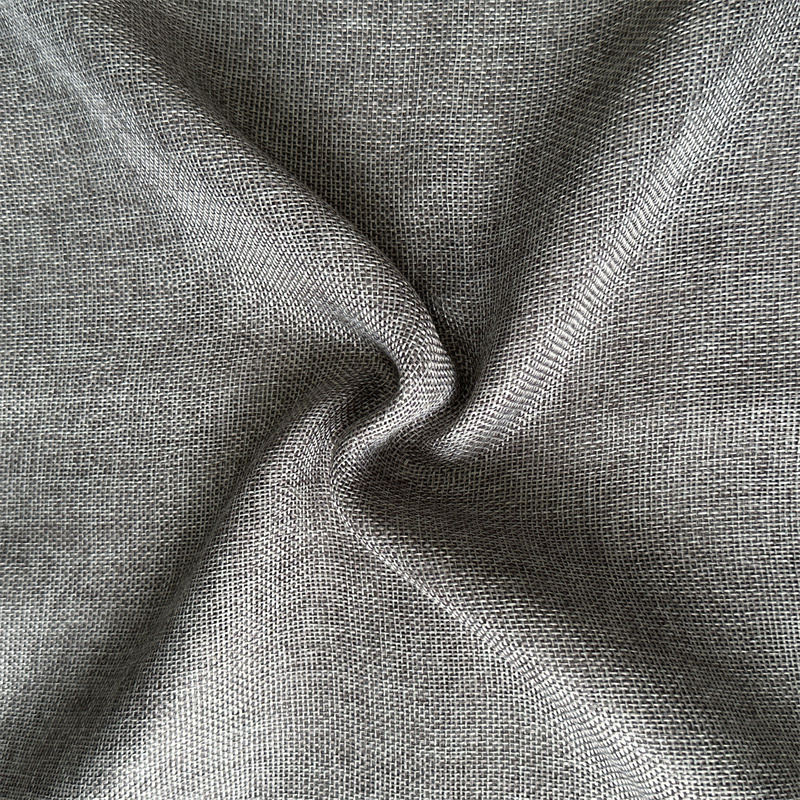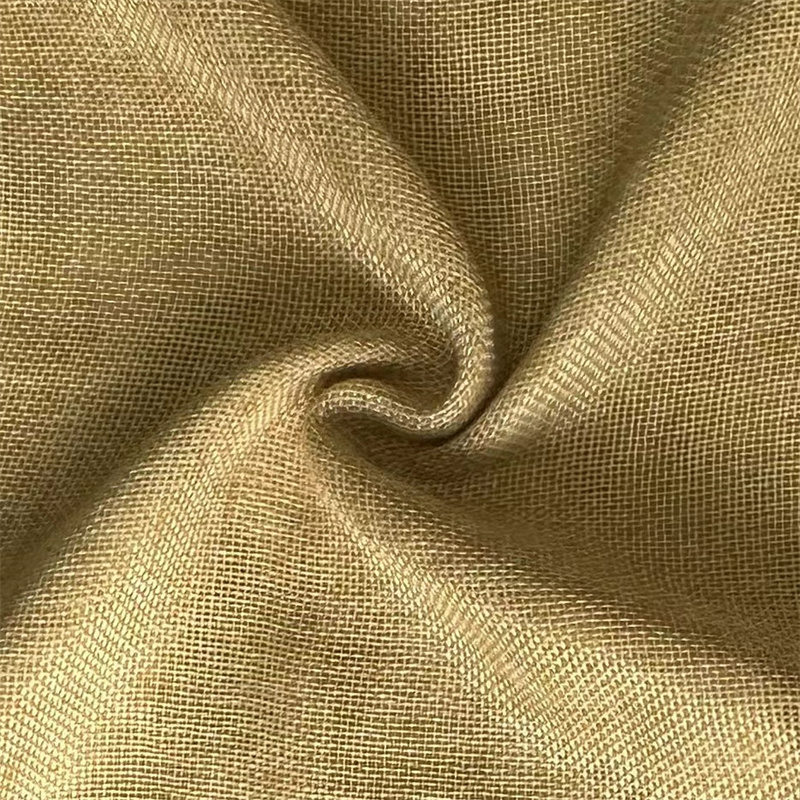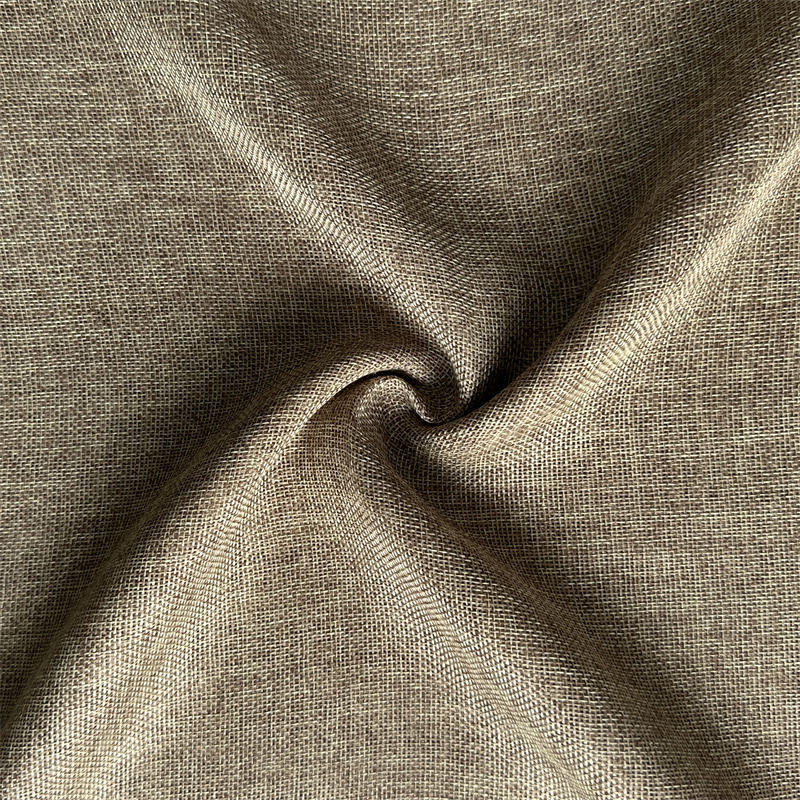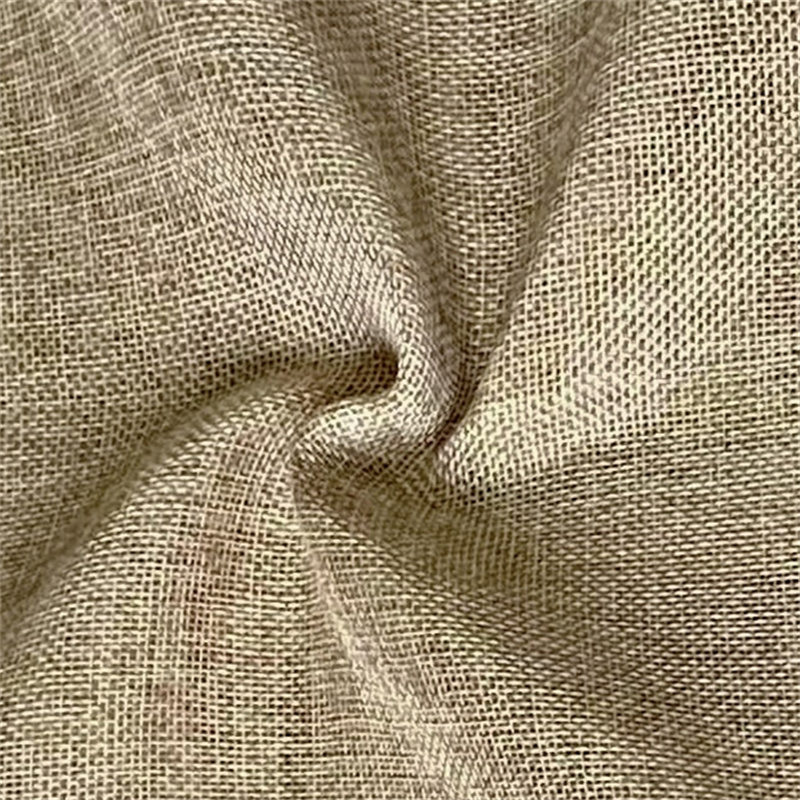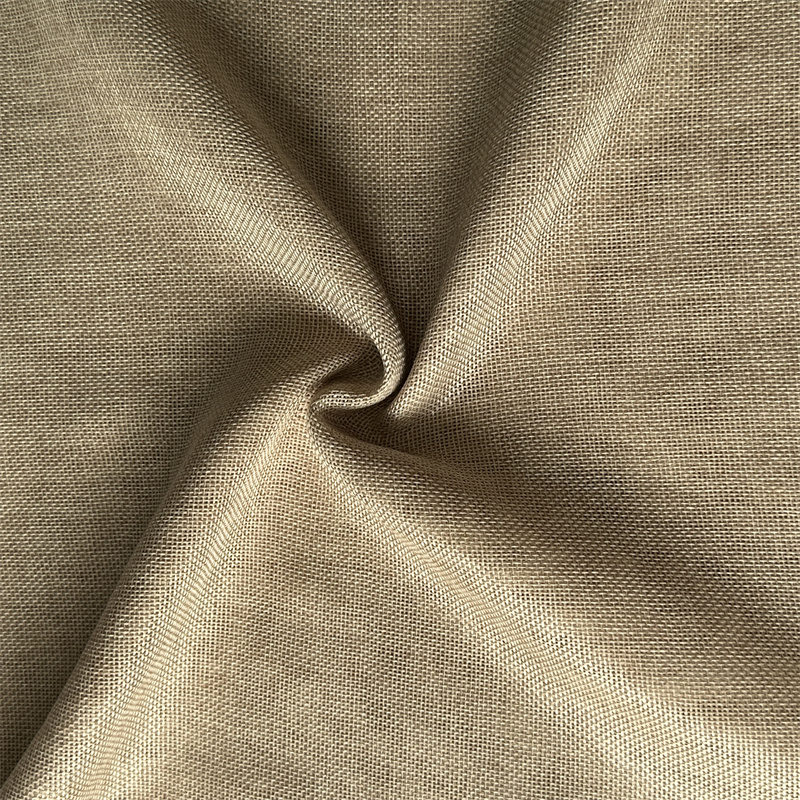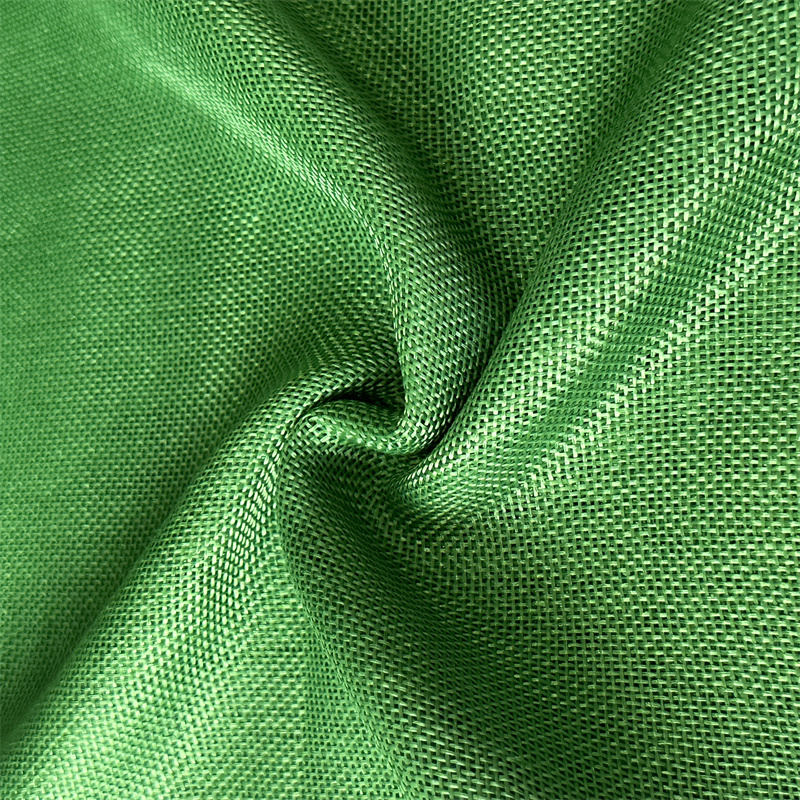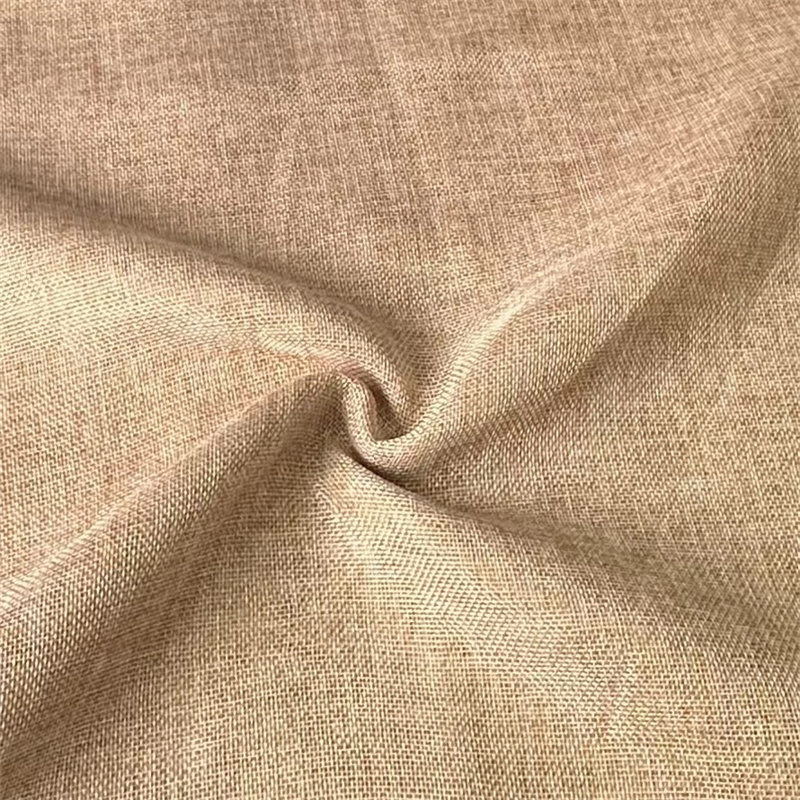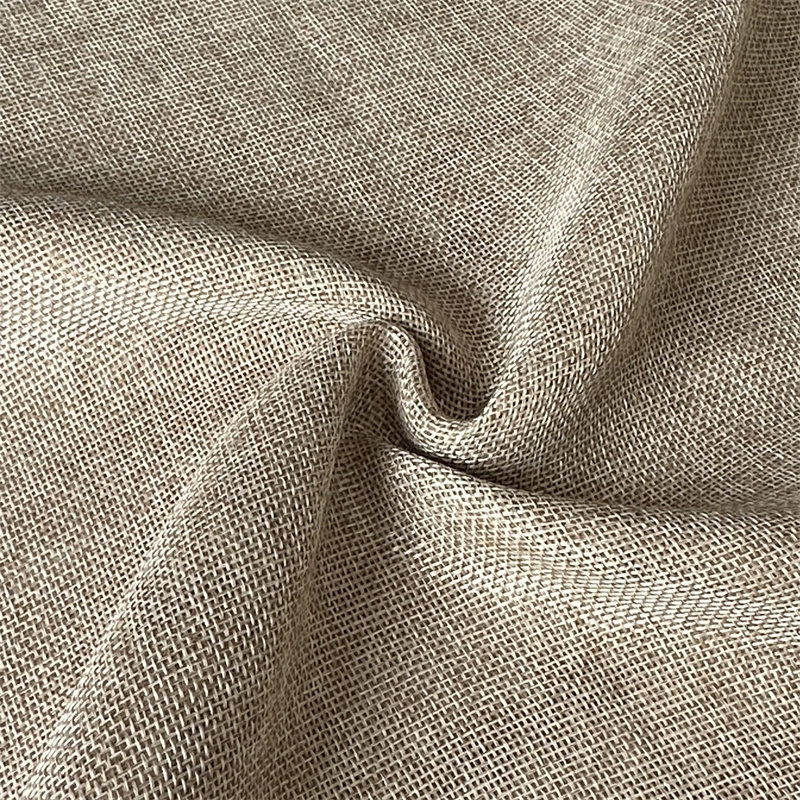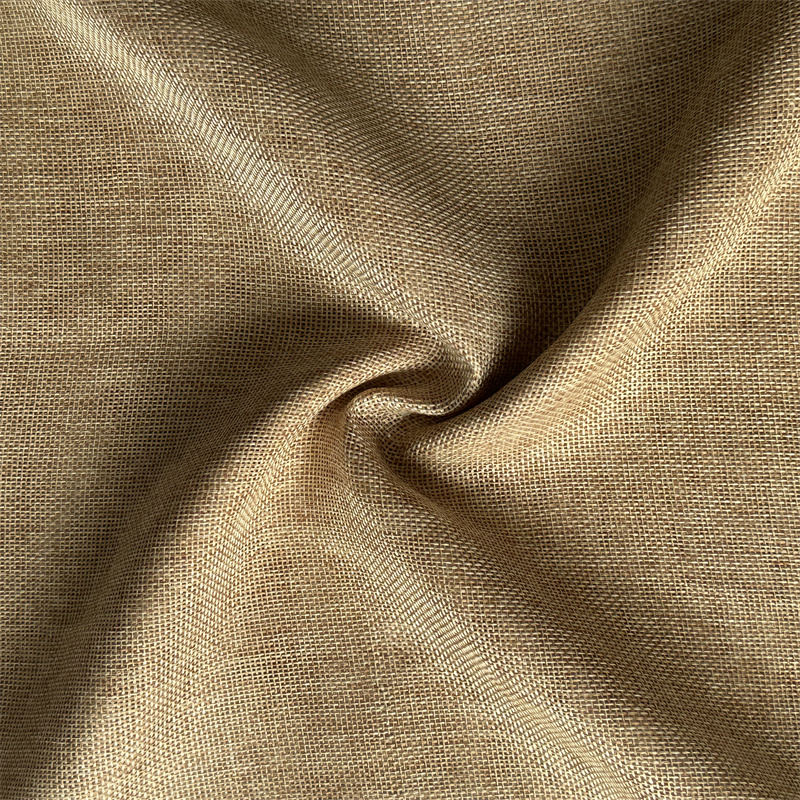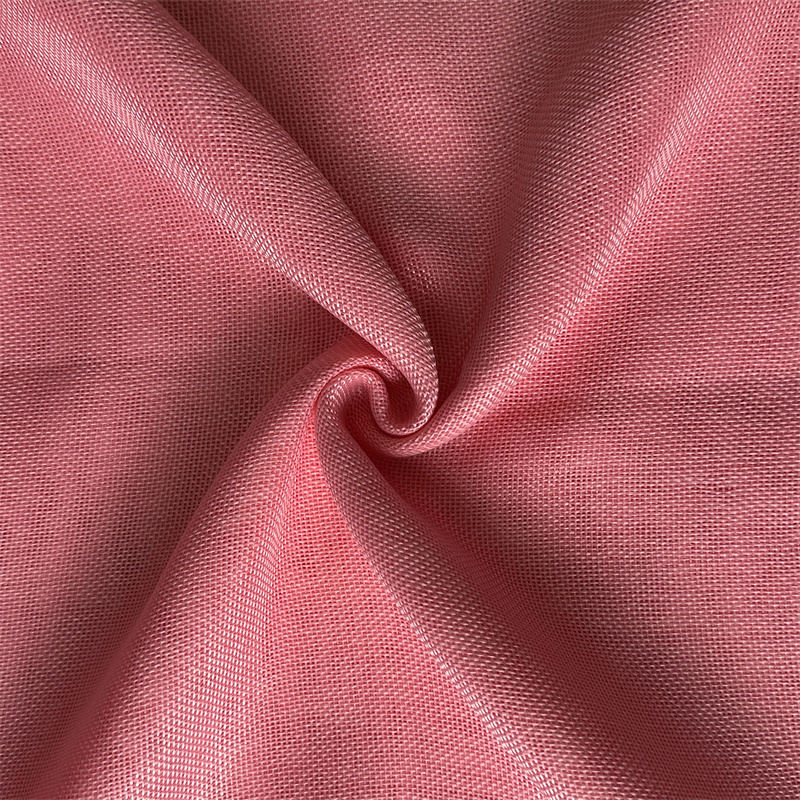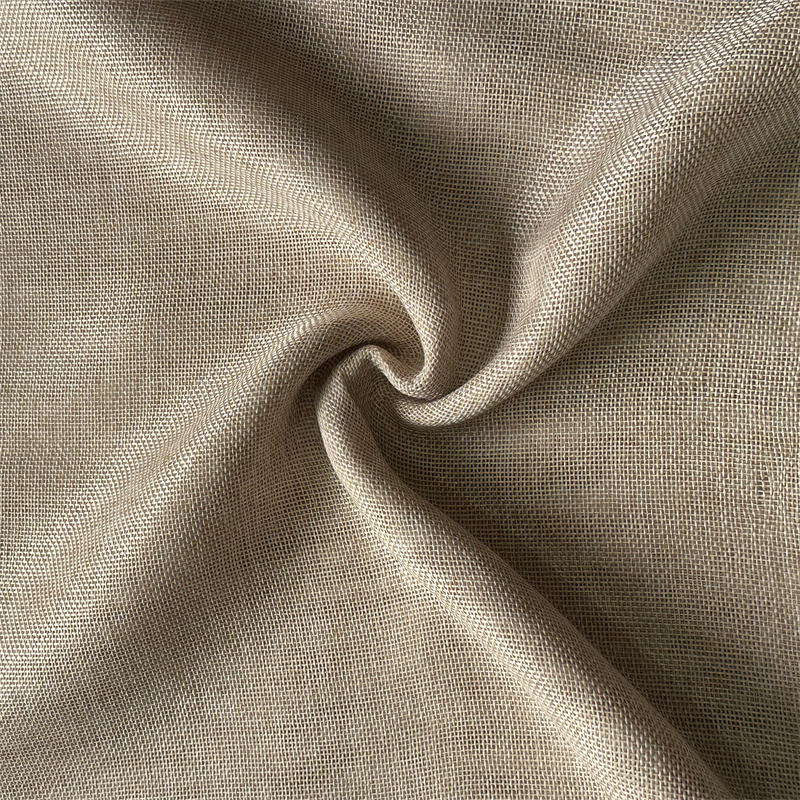Upholstery fabric is a vital component of furniture design, transforming the appearance, comfort, and durability of your favorite pieces. Whether you're reupholstering a beloved armchair, designing custom cushions for a sofa, or selecting fabric for a new dining chair, the fabric you choose plays a crucial role in the overall functionality and aesthetic of your furniture. With countless options available, understanding the different types of upholstery fabric, their benefits, and their uses is key to making an informed choice.
Natural fabrics are made from fibers derived from plants or animals, offering both beauty and environmental sustainability. Common natural upholstery fabrics include:
Known for its soft texture, cotton is a versatile and breathable fabric. It is relatively affordable and comes in a variety of patterns and colors. However, it may not be as durable as synthetic fabrics, especially in high-traffic areas, and can be prone to stains and wrinkles.
Linen is a luxurious, lightweight fabric made from flax plants. It has a unique texture that is cool and breathable, making it ideal for warmer climates. While linen offers a sophisticated, natural look, it is prone to wrinkling and staining, and may not hold up as well in high-traffic areas.
Wool is a strong, durable fabric that offers warmth and softness. It is naturally resistant to dirt and stains, making it a great option for homes with pets or children. Wool fabrics are also known for their ability to retain color and resist fading over time.
Synthetic fabrics are man-made fibers, typically derived from chemicals or petroleum-based products. These fabrics are often more affordable and easier to maintain compared to natural fabrics. Some popular synthetic upholstery fabrics include:
Polyester is one of the most common synthetic upholstery fabrics due to its affordability, durability, and resistance to shrinking, stretching, and fading. It is also stain-resistant and easy to clean, making it ideal for homes with children or pets. Polyester can mimic the look and feel of other fabrics, such as cotton or linen.
Known for its strength and resilience, nylon is a durable upholstery fabric that resists abrasion, fading, and stains. It is commonly used in commercial settings due to its long-lasting properties and ability to withstand high levels of wear and tear.
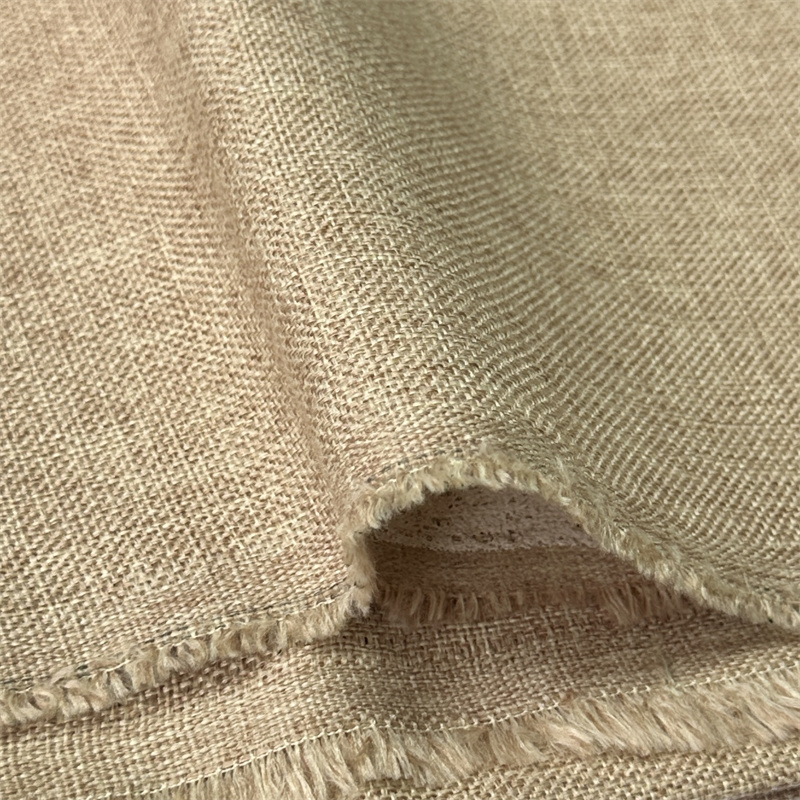
Acrylic fabrics are lightweight, soft, and resistant to fading, making them suitable for both indoor and outdoor furniture. They are often used to mimic the look of wool or cotton, but they are more affordable and easier to care for.
Blended fabrics combine natural and synthetic fibers to create materials that offer the benefits of both types of fabric. For example, cotton-polyester blends combine the softness of cotton with the durability and wrinkle-resistance of polyester. These blends often offer a more affordable, low-maintenance option while retaining a similar appearance and feel to pure natural fabrics.
Leather is a luxurious, durable, and timeless upholstery material that adds sophistication to any piece of furniture. Genuine leather ages beautifully and develops a unique patina over time. However, it can be more expensive than other fabrics and may require regular conditioning to maintain its appearance.
Faux leather, also known as vegan leather, is a synthetic alternative to genuine leather. It offers a similar look and feel but is more affordable and easier to clean. Faux leather is an excellent choice for those who want the appearance of leather without the ethical concerns or high cost.
The durability of upholstery fabric is crucial, especially if the furniture will be used frequently or exposed to high levels of wear and tear. Fabrics such as nylon, polyester, and leather are known for their strength and longevity, while natural fabrics like cotton and linen may show signs of wear more quickly.
Consider how easy it is to care for and maintain the fabric. Some fabrics, such as microfiber and polyester, are relatively low-maintenance and resistant to stains, while others, like velvet or linen, require more careful handling and frequent cleaning.
The comfort level of upholstery fabric is essential, as it directly affects the user experience. Soft fabrics like cotton, wool, and velvet offer a comfortable, luxurious feel, while more durable fabrics like nylon or leather may have a firmer texture.
Upholstery fabric plays a significant role in the overall aesthetic of your furniture and room. Whether you're opting for a neutral tone or a bold pattern, consider how the fabric complements your existing décor and fits the style of the room. Lighter fabrics, such as cotton or linen, are often associated with casual or coastal styles, while rich fabrics like velvet or leather lend themselves to more formal or traditional interiors.
The cost of upholstery fabric can vary greatly depending on the material. Natural fabrics like linen or leather tend to be more expensive than synthetic options, but they also offer unique benefits in terms of texture, appearance, and longevity. Set a budget for your project and choose a fabric that fits both your needs and your financial considerations.


 中文简体
中文简体 Español
Español